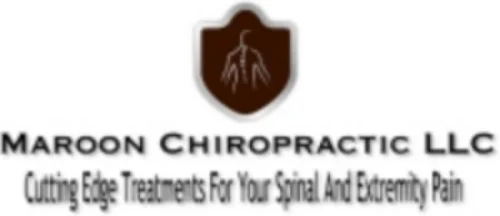CUPPING THERAPY:
Have you noticed more and more celebrities showing up to events with little round marks on their backs? These come from cupping therapy. But what is it?
Cupping is a type of alternative therapy that involves placing cups on the skin to create suction. This suction is thought to improve the flow of energy in the body and facilitate healing.
Cupping increases blood circulation to the area where the cups are placed. This may relieve muscle tension, which can improve overall blood flow and promote cell repair. It may also help form new connective tissues and create new blood vessels in the tissue.
People use cupping to complement their care for a host of symptoms and conditions.
According to the 2018 review, the effects of cupping therapy include:
promoting the skin’s blood flow
changing the skin’s biomechanical properties
increasing pain thresholds
improving local anaerobic (without oxygen) metabolism
reducing inflammation
boosting cellular immunity
According to a 2017 study, the mechanical effect of cupping increases local blood flow and stretches underlying tissue.
Activation of Heme oxygenase-1, a gene that plays a critical role in the prevention of vascular inflammation, could account for many of cupping therapy’s claimed local and systemic health benefits.
A 2019 study noted that no single theory exists to explain the whole effects of cupping, but some theories include:
altering pain signal processing
using counter-irritation, or pain to reduce pain
stimulating increased blood circulation through the release of nitric oxide
stimulating the immune system with artificial local inflammation
increasing the level of immune products, such as interferon and tumor necrotizing factor
increasing the flow of lymph in the lymphatic system
changing the molecular structure and function of hemoglobin (Hb)
During a cupping treatment, you can expect the following:
Your practitioner will ask you what symptoms you’ve been experiencing, likely taking a detailed health history if this is your first time visiting them.
The practitioner will place cups on your skin.
You’ll feel a sucking sensation and pressure as the cups are suctioned.
The practitioner will use suction to place the cups.
Depending on the type of cupping, the practitioner may leave you to rest for a few minutes before they return to remove the cups.
Your skin may turn red and show light bruising after your session.
Cups are most often applied to the:
back
chest
abdomen
buttocks
legs
How long will it take for cupping marks to disappear?
· Any discoloration or marks from cupping usually go away within 7 days of the session.
Cupping therapy may help with the following conditions, among others:
lower back pain
neck and shoulder pain
headache and migraine
knee pain
lumbar disc herniation
brachialgia, the pain produced by a trapped nerve in the neck
Don’t use cupping if you use blood-thinning medication. Also avoid cupping if you have:
a sunburn
a wound
a skin ulcer
experienced recent trauma
an internal organ disorder
thinning skin
Cupping shouldn’t be done on:
veins
arteries
nerves
skin inflammation or lesions
body orifices
eyes
lymph nodes
varicose veins

